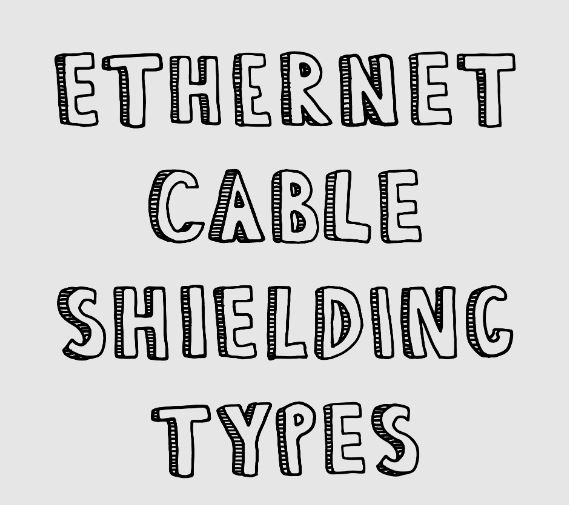- Your #1 Source for Network Cables. Call Now for Exclusive Offers!

When creating or modifying a network, you use shielded twisted pair (STP) or unshielded twisted pair (UTP) cables. Otherwise, it can lead to data loss, errors, and a slower data rate due to network crosstalk Cat6 Plenum Shielded.
Temperature extreme installations can find indoors and outside in these severe, humid conditions. Therefore, special consideration must be given while developing a cabling network for such circumstances.
The use of shielded connectors and Cat6 Plenum Shielded cables is crucial. The cable jacket must be considered when constructing a cabling plant for harsh conditions. When exposed to these corrosive chemicals, PVC-jacketed cables would degrade. However, they produce fewer hazardous fumes.
Here are some types of ethernet cables:
Our CAT6A Plenum Cable is perfect for new installation. In addition, our CAT6A shielded plenum cable is ideal for 1gbps, high-speed data, and security protocols if you’re cabling your home, office, or the entire campus.
Our cable meets and exceeds the requirements of the CAT6A specification. In our CAT6A shielded plenum cable, four high-grade 23 AWG solid copper wires are included.
Cat6 shielded cables have a thin foil to help prevent EMI. They’re perfect for high-speed networks like 10GBase-T networks. It helps to ensure data speed by suppressing EMI and crosstalk. To keep the advantage of STP cabling, you must employ Cat6 shielded cables, connectors, and couplers across your system. In addition, cat6a-covered plenum cables should connect.
Cat 7 is the most recent category cable standard. Because it uses shielding to practically eliminate electromagnetic interference (EMI), it has the quickest transmission rate of any transmission line, leading to fewer failures. Each twisted pair of a Cat7 cable is foil-covered, and the four twisted pairs are encased in the braided shield.
To conclude, Cat6 cables typically use 23-AWG conductors, whereas cat6a wires, which are made up of four twisted pairs of copper wires, use 22-AWG conductors. As a result, there is a slight price difference between Cat6 shielded cables and Cat6a shielded cables. However, Cat6a cables are more expensive due to their unique features. In addition, the Cat6a is much bigger and heavier than the Cat6.
Here are a few other uses for these cables:
Your application needs will determine the best cable to use.
Since shielded cable is not very expensive, it might become problematic if multiple cables are run in a single area. To summarize, choosing between Cat6a shielded plenum cable and Cat6a shielded plenum cable will increase the life of the cabling system by reducing the need for long-term maintenance. We design and manufacture high-quality cables for voice, data, and video applications.
Cat 6 or Cat 6a cables are a good investment in your network infrastructure if you require more quality for applications like audio and video sorting and edits, data transfer, and so on, or if you intend to need faster internet in the future.
Copyright © 2024 TS Cables – All Rights Reserved
